I don’t want to touch my c-section scar
C-section scars can be confronting. Some people feel ‘icky’ looking at or thinking about them. But engaging with your scar helps to improve healing, flexibility, and long-term comfort.
If you’re struggling to connect with your scar read on for some of our top tips.
1. Take a picture
If touching your scar makes you feel icky, you can start by taking a photo of your scar (with or without a bandage). Spend time looking at your scar. Observe your breath and any internal dialogue you use when looking at your scar. Try reframing any negative self-talk to a more positive self-talk.
2. Breath Work
Spending time everyday practising a relaxed diaphragmatic breath will help create movement through your scar without directly touching it.
Diaphragmatic breathing is not only a great way to start to mobilise your scar but it will also help reduce the stress response in your body, helping your body heal.
3. De-sensitisation
De-sensitisation aims to gently reduce sensitivity around your scar. You can use a range of materials from soft materials (feather or silk scarf) through to rough materials (e.g. paintbrush or rough fabric) over the skin above, below and on top of your scar. Remember that it is meant to be tolerable and relatively pain free as we want your brain to begin to trust that this area is safe and healed.
4. Piano Fingers
Gently place you fingers on, or close to, your scar and gently tap your fingers on your skin - like playing a piano. This can act as a form of desensitisation.
5. Massage your scar through a piece of material
For many, placing some soft material over your scar to create a barrier between you and your scar and then massaging your scar can be a great way to not only desensitise the scar but also start to create movement and release adhesions.
Many of our patients have told us they use a bar of soap in the shower to massage their scar if they can’t bear to touch it. Whatever works for you.
6. Massage around your scar
You can start massaging the skin around your scar, observing how your body responds as you approach the scar. This can be a great way to improve the scar without directly touching it. Pause if you are feeling uncomfortable, but work towards being about to touch and massage your scar.
7. See a professional
Osteopaths or other manual therapists trained in scar tissue therapy can help by massaging the scar and helping you identify how your scar is affecting you. At Pivot Osteopathy we use a range of techniques including fascial rolling and cupping to help treat c-section scars. Research shows that gently running suction cups across a patients’ belly can help lift scar tissue and prevent it from adhering to deeper tissue layers. If you feel like your scar is lumpy or bumpy and it is affecting how you move your belly, professional scar tissue massage may be helpful.
Remember, it’s never too late to start working on your c-section scar. Research shows that massage can be helpful even if scars have been left for many months or years. Scars can change throughout our lifetime. Sometimes they just need a bit of help to do it.
If you want to learn more about how and why to massage your c-section scar see our previous post. And remember, if you’re struggling to improve your scar, working with an a health professional with additional training such as an Osteopath or physiotherapist may help.
If you have any questions our team is here to help.
Disclaimer: This blog is for general informational purposes only and does not constitute the practice of medicine, nursing or other professional health care services, including the giving of medical advice, and no practitioner/patient relationship is formed. The use of information on this blog or materials linked from this blog is at the user's own risk. The content of this blog is not intended to be a substitute for professional medical advice, diagnosis, or treatment. Users should not disregard, or delay in obtaining, medical advice for any medical condition they may have, and should seek the assistance of their health care professionals for any such conditions.

